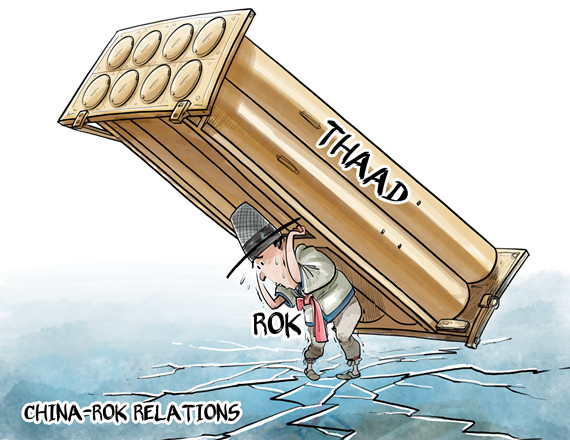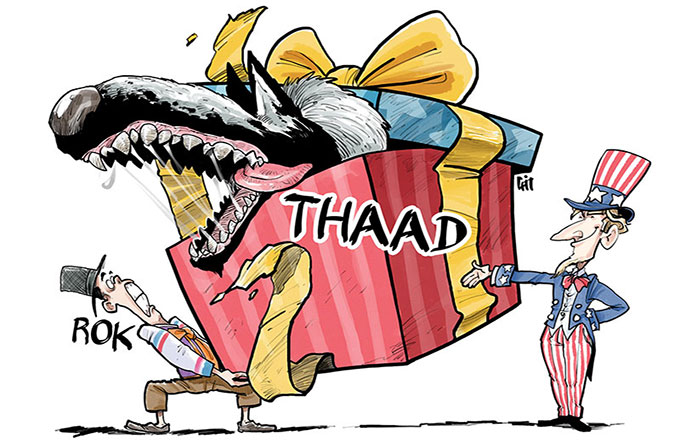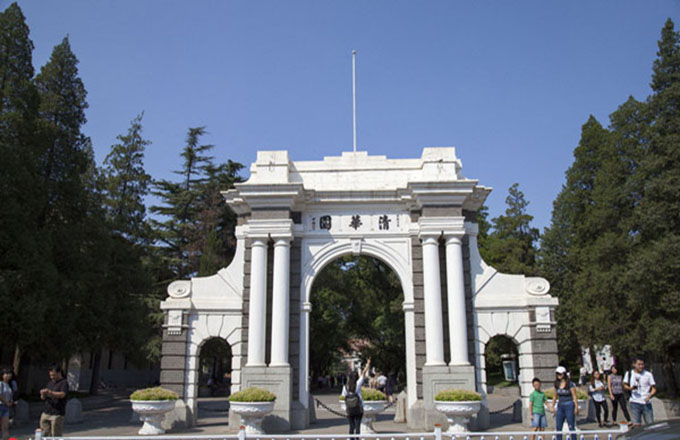The diversified employment of China's armed forces
Carrying out Scenario-based Exercises and Drills
The PLA takes scenario-based exercises and drills as the basic means to accelerate the transition in military training and raise combat capabilities. It widely practices in training such operational concepts in conditions of informationization as information dominance, confrontation between different systems, precision strike, fusion, integration and jointness. It organizes training based on real combat needs, formations and procedures. It pays special attention to confrontational command training, live independent force-on-force training and training in complex battlefield environments. Thus, the warfighting capabilities based on information systems have been thoroughly improved.
Carrying out trans-MAC training. To develop rapid-response and joint-operation capabilities in unfamiliar environments and complex conditions, the divisions and brigades of the same specialty with similar tasks and tailored operational environments are organized to carry out a series of trans-MAC live verification-oriented exercises and drills in the combined tactical training bases. In 2009, the Shenyang, Lanzhou, Jinan and Guangzhou MACs each sent one division to join long-distance maneuvers and confrontational drills. Since 2010, a series of campaign-level exercises and drills code-named "Mission Action" for trans-MAC maneuvers have been carried out. Specifically, in 2010 the Beijing, Lanzhou and Chengdu MACs each sent one division (brigade) led by corps headquarters, together with some PLAAF units, to participate in the exercise. In 2011, relevant troops from the Chengdu and Jinan MACs were organized and carried out the exercise in plateau areas. In 2012, the Chengdu, Jinan and Lanzhou MACs and relevant PLAAF troops were organized and carried out the exercise in southwestern China.
Highlighting force-on-force training. The various services and arms are intensifying confrontational and verification-oriented exercises and drills. Based on different scenarios, they organize live force-on-force exercises, online confrontational exercises and computer-simulation confrontational exercises. The PLAAF creates complex battlefield environments based on its training bases, organizes confrontational exercises on "Red-Blue" war systems under informationized conditions, either between MAC air forces or between a combined "Blue Team" and MAC air force ("Red Team"). The Second Artillery Forces carry out confrontational training of reconnaissance vs. counter-reconnaissance, jamming vs. counter-jamming, and precision strikes vs. protection and counterattack, in complex battlefield environments. They are strengthening safety protection and operational skills training under nuclear, biological and chemical (NBC) threats. Units of different missile types are organized to conduct live-firing launching tasks annually.
Intensifying blue water training. The PLAN is improving the training mode of task force formation in blue water. It organizes the training of different formations of combined task forces composed of new types of destroyers, frigates, ocean-going replenishment ships and shipborne helicopters. It is increasing its research and training on tasks in complex battlefield environments, highlighting the training of remote early warning, comprehensive control, open sea interception, long-range raid, anti-submarine warfare and vessel protection at distant sea. The PLAN organizes relevant coastal forces to carry out live force-on-force training for air defense, anti-submarine, anti-mine, anti-terrorism, anti-piracy, coastal defense, and island and reef sabotage raids. Since 2007, the PLAN has conducted training in the distant sea waters of the Western Pacific involving over 90 ships in nearly 20 batches. During the training, the PLAN took effective measures to respond to foreign close-in reconnaissance and illegal interference activities by military ships and aircraft. From April to September 2012, the training vessel Zhenghe completed global-voyage training, paying port calls to 14 countries and regions.





















